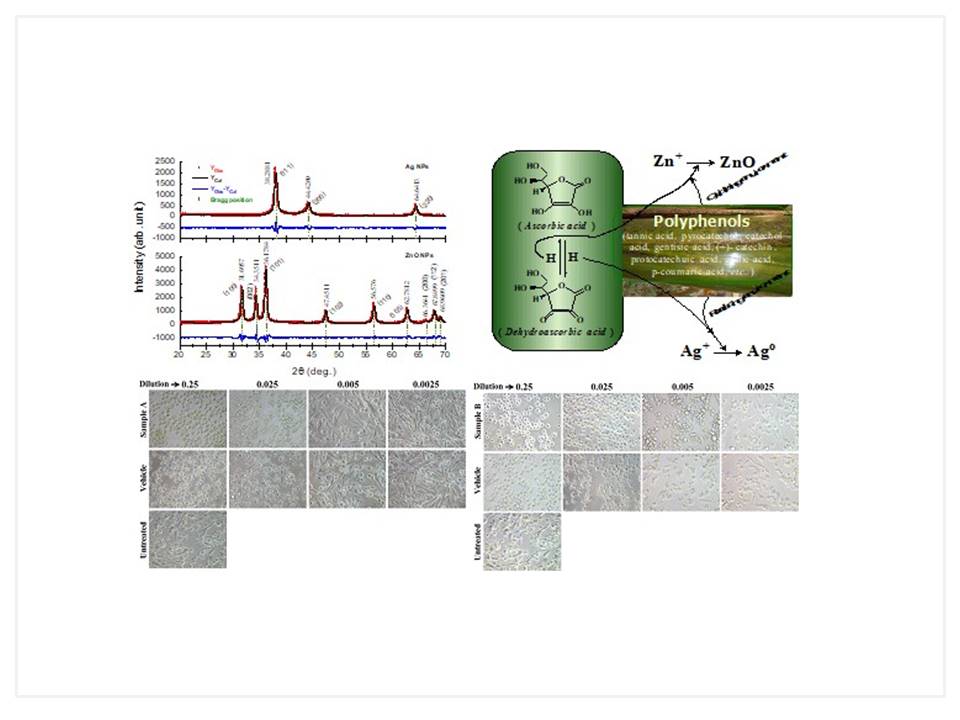Title
Wasted Banana Thumb Develops Link with Nanomaterials: Best Out of a Common Waste!
Authors
Anal K. Jha,a Niraj Kumari,b Priti Kumarib and Kamal Prasad*c
aUniversity Department of Chemistry, T.M. Bhagalpur University, Bhagalpur, 812007, India
bAryabhatta Centre for Nanoscience and Nanotechnology, Aryabhatta Knowledge University, Patna, 800001, India
cUniversity Department of Physics, T.M. Bhagalpur University, Bhagalpur, 812007, India
*Corresponding author E-mail address: prasad_k@tmbuniv.ac.in (K. Prasad)
Article History
Publication details: Received: 08th September 2020; Revised: 10th October 2020; Accepted: 10th October 2020; Published: 19th October 2020
Cite this article
Anal K. Jha; Niraj Kumari; Priti Kumari; Kamal Prasad. Wasted Banana Thumb Develops Link with Nanomaterials: Best Out of a Common Waste! Nano Prog., 2020, 2(4), 40-45.

Abstract
Affable green approach to manufacture technology grade nanomaterials are in hot demand nowadays. Present study reports an ecologically amenable, cost-effective and highly replicable protocol for synthesizing silver and zinc oxide nanoparticles – as a representative example of metals and oxides, employing banana pseudo-stem which is a common discard of harvest and social activities. X-ray and transmission electron microscopic analyses are enforced to confirm the formation of silver and zinc oxide nanoparticles. Individual nanoparticles having the particle sizes of 5-17 nm were found. UV-vis study imparted the surface plasmon resonance at 451 nm and 326 nm respectively for silver and zinc oxide nanoparticles. The entirety of nanoscale silver might have been the culmination of redox activity of ascorbic acid and polyphenols. Further, the dissociation of citric acid remarkably contributes in it by providing the requisite free energy for nanotransformations. Antimicrobial study indicated that both of the synthesized nanoparticles are active against the pathogenic Staphylococcus aureus. No serious cytotoxicity was observed at or below 0.005 dilutions which could be helpful in ascertaining the dosage and toxicity of synthesized nanoparticles. Also, present biosynthetic protocol could be seen as an avenue for small-scale/cottage industries hand-in-hand with the banana pseudo-stem based paper and/or fibre making industries.
Keywords
Ag; ZnO; nanomaterials; bionanotechnology; green synthesis; cytotoxicity; antimicrobial